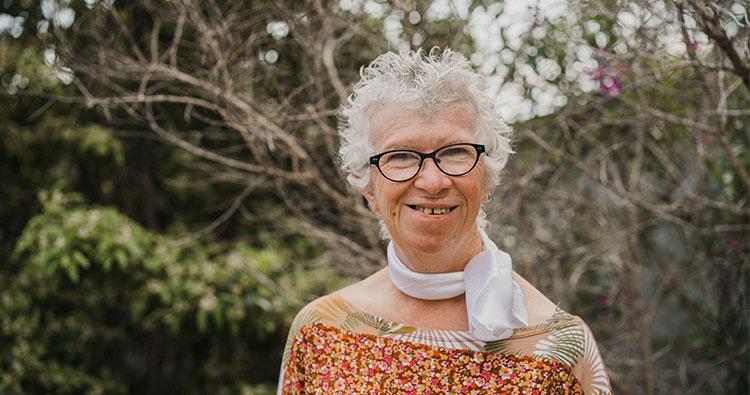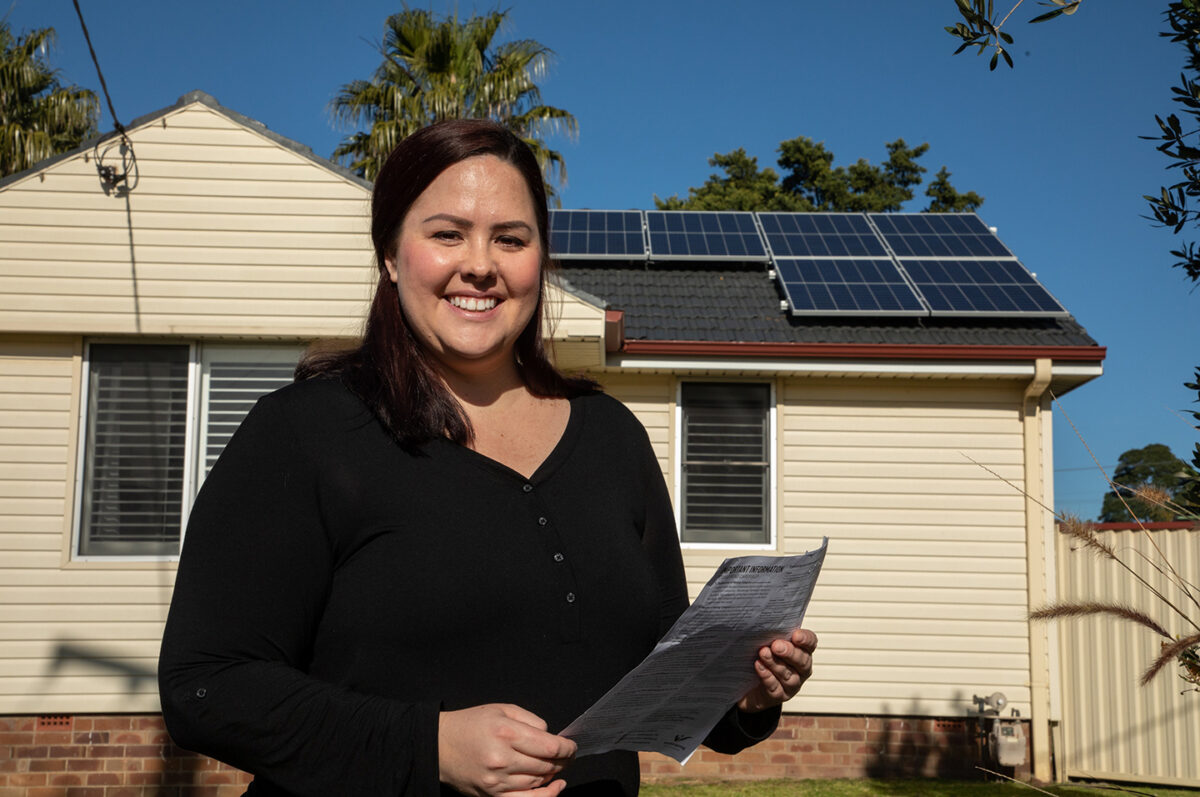NSW Minister for Energy Penny Sharpe announced on LinkedIn that free solar panels available through the state government’s Rebate Swap for Solar program have been delivered to 2,700 low-income households. The program funds the installation of 3 kWp rooftop PV systems to homeowners that qualify for the annual electricity subsidy, the Low Income Household Rebate (LIHR).
The Rebate Swap for Solar scheme offers to help homeowners on low incomes reduce their electricity bills by installing small residential solar systems promising to save $600 a year off energy bills, which is twice as much as the LIHR at $285 a year.
Two installers are approved to deliver the solar scheme, including Sydney-based company UPowr, which administers a network of installers for all of NSW except the remote far west where it is managed by Lighting and Energy Conservation Australia (LECA).
“The NSW Government is partnering with private enterprise to reduce energy costs for customers through the Rebate Swap for Solar offer, which is an essential part of our plan to reduce the state’s carbon footprint as NSW transitions to a renewable energy-based Net Zero economy,” Sharpe said.
Eligibility for the scheme includes agreeing to “swap” or forgo the LIHR annual discount on any electricity bill for 10 years – the equivalent of up to $2850 – plus take ownership of the system, be responsible for maintenance, and install a smart meter at their own cost. There is an option to increase the size to a maximum of 6 kW, also at the homeowner’s own cost.
Recipients must also have a concession card, own their own home, and not already own a solar system. Further conditions can additionally limit eligibility including a home’s suitability for a solar installation.
Solar energy that is not consumed in the home is fed back to the electricity grid, potentially attracting a solar feed-in tariff, which Energy NSW has said for 2022/2023 was $0.046 to $0.055/kWh. Although the major savings come from using, as much as possible, the electricity produced by the rooftop system in the home.

Photo: Government of NSW
In a short case study, published on the NSW energy ministry website, NSW South Coast resident Catherine reported that she has shifted electricity-consuming chores to sunny times of the day.
“I vacuum, use the washing machine and cook my main meal in the day. And I make an effort not to use as much electricity in the evening,” said Catherine. “The application was very easy and straight forward. After my application was assessed, the installer at SolarHub talked me through the installation process. Then my new solar system was set up in less than a day.”
At 3 kW, the systems provided under the Rebate Swap for Solar are small. Indeed, with module prices at record lows, increasing system sizes to 6 kW could be achieved without doubling the total system cost.
A similar program, Switch for Solar operates in South Australia, which asks eligible low-income residents to exchange government concession payments for a 4.4 kW solar system installation.
There is evidence to suggest that incentivising rooftop PV in low-income neighbourhoods is effective in promoting solar uptake. Researchers from the Lawrence Berkeley National Laboratory in the United States published research in 2023 that found that as solar becomes more common in low-income neighbourhoods, that it encourages others to install PV – a policy that is particularly effective if economic barriers to entry are also reduced.
The NSW rebate swap scheme was launched in June 2022, by the former Perrottet government. At the time, the NSW government said that approximately 1 million NSW homes received rebates to assist with power bills.
This content is protected by copyright and may not be reused. If you want to cooperate with us and would like to reuse some of our content, please contact: editors@pv-magazine.com.









By submitting this form you agree to pv magazine using your data for the purposes of publishing your comment.
Your personal data will only be disclosed or otherwise transmitted to third parties for the purposes of spam filtering or if this is necessary for technical maintenance of the website. Any other transfer to third parties will not take place unless this is justified on the basis of applicable data protection regulations or if pv magazine is legally obliged to do so.
You may revoke this consent at any time with effect for the future, in which case your personal data will be deleted immediately. Otherwise, your data will be deleted if pv magazine has processed your request or the purpose of data storage is fulfilled.
Further information on data privacy can be found in our Data Protection Policy.